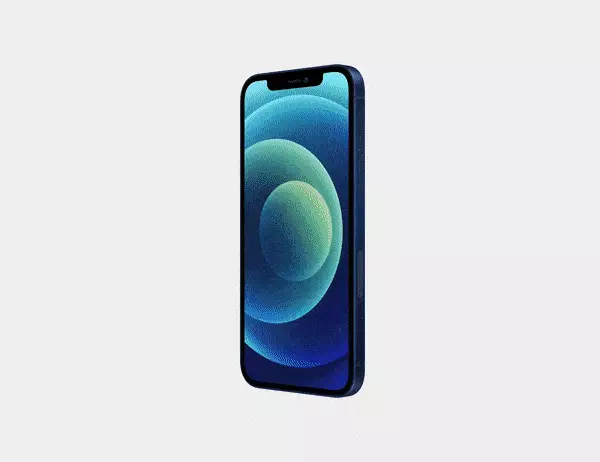Status Icons
If you look closely, you'll notice a bunch of small symbols that appear along the top of your device's screen. Knowing what they mean can help you gain helpful information at a glance. Below is a list of all the icons you might see.

Cell Signal A
This shows you the strength of your cellular network (if you're out of range, "No service" will appear). The symbol will look slightly different if you have an iPhone with dual SIM capability.

Carrier and Network Type
Your carrier's name and type of data connection: 5G+ 5G UC, 5G UW, 5G, 5G E, LTE, 4G, 3G, E, or GPRS.

Wi-Fi
This means you are connected to a Wi-Fi network. It also shows you the strength of your internet connection.

Wi-Fi Call
Making a call via a Wi-Fi network.

Airplane Mode
All phone, internet, and Bluetooth capabilities are disabled.

VPN
You have secure access to private data via a virtual private network.

Focus Mode
Incoming messages, calls, notifications, contacts, apps, etc are silenced or allowed. Focus Modes can be customized based on your individual needs and they can be automated. The most common one is Do Not Disturb. You can learn more about Focus Modes and how to customize them in the iOS 16 Guide under Section 3.

Network Activity
Your device is processing a request.

Call Forwarding
Call Forwarding is turned on.

Location Services
An app or system setting is tracking your location.

Orientation Lock
You've locked the screen in portrait orientation.

Syncing
Your device is syncing with iTunes.

iPhone Lock
Your device is locked and will require a passcode or Face ID/Touch ID to be used.

Personal Hotspot
Your device is providing a personal hotspot for another device.

Alarm
An alarm is set.

Bluetooth Gadget
Your iPhone is paired with a wireless audio device such as a headset, headphones, or earbuds.

Bluetooth Battery
The battery level of a paired Bluetooth gadget.

Battery Status or Percentage
Shows the battery level or charging status. iOS 16.1 and later can show you the percentage instead if enabled in the settings.
Gestures
You've learned the phone's physical attributes, but now it's time to learn how to interact with the iPhone's operating system via the touchscreen.

Tap: Touch one finger lightly on the screen. This function is similar to clicking a desktop mouse. You tap items on your screen (such as apps) to open them.

Double Tap: Tapping twice quickly on text or images will select a portion of it. To select the rest, look for the cursors at the start and end of the selection. These can be dragged to expand the selection. Double tap isn't used for very many functions in iOS.

Long Press: Press and hold for a moment. This gesture is used for a variety of functions along the lines of "see more options." For example: to access app shortcuts, respond to notifications from the Lock screen, and to bring up a contextual menu while editing text. Most commonly, you'll use a long press to access the copy and paste function for selected text.

Swipe: Move one finger across the screen (from left to right, right to left, or up and down). This gesture is used to access Control Center, Spotlight Search, and Notification Center.

Pinch: By pinching your thumb and forefinger and spreading them apart, you can zoom in to enlarge areas of your screen. To return to a zoomed-out view, pinch your fingers together again. This function is only available in apps that permit zooming in and out, such as the Maps app or in Safari.

